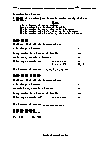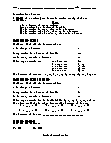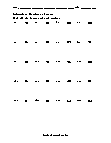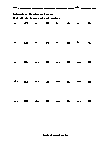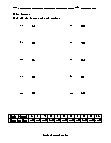Prime Factors Worksheets
What Are Prime Factors? The numbers we multiply to get another number are known as the factors. For example, when we multiply 3 and 5, we get 15 (3 x 5 =15). That means that 3 and 5 are the factors of 15. Most numbers have more than one set of factors. Different pairs of numbers, when multiplied, give us the same answer. For instance, 12 can have factors of 3 x 4, 6 x 2, and 1 x 12. However, we have numbers that can only be factored by 1 or by itself. These factors are known as prime factors. These include 2,3, 5,7,11, and 13. Number 1 is usually not regarded as the prime factor as it goes into everything. Often you are required to find out the prime factorization of a number won’t include 1 but have every copy of the prime factor. If we have to do prime factorization of 8, it would be 2x2x2 and not only 2. Although 2 is the only factor, we need three 2s to make an 8. So, the prime factorization of number 8 would include all three copies of 2.
-
Basic Lesson
Demonstrates how to find all the factors of a number. Also includes practice problems. A factor of a number goes into the number evenly with no remainder. Hints: 1 is a factor of every number. Every number is a factor of itself. If the number is even, then 2 is a factor. If the number ends in 0, then 10 is a factor. If the number ends in 5 or 0, then 5 is a factor.
View worksheet -
Independent Practice 1
Find all the factors of each number. The answers can be found below.
View worksheet -
Independent Practice 2
20 practice problems that review basic factoring. The answers can be found below.
View worksheet -
Homework Worksheet
12 problems to reinforce the lessons and practice pages. An example is provided.
View worksheet
No Remainders
A factor is a whole number that divides exactly into a larger number without leaving a remainder. To factor a number, identify all of its prime factors by breaking the number down into its factors until all of the factors are prime.
